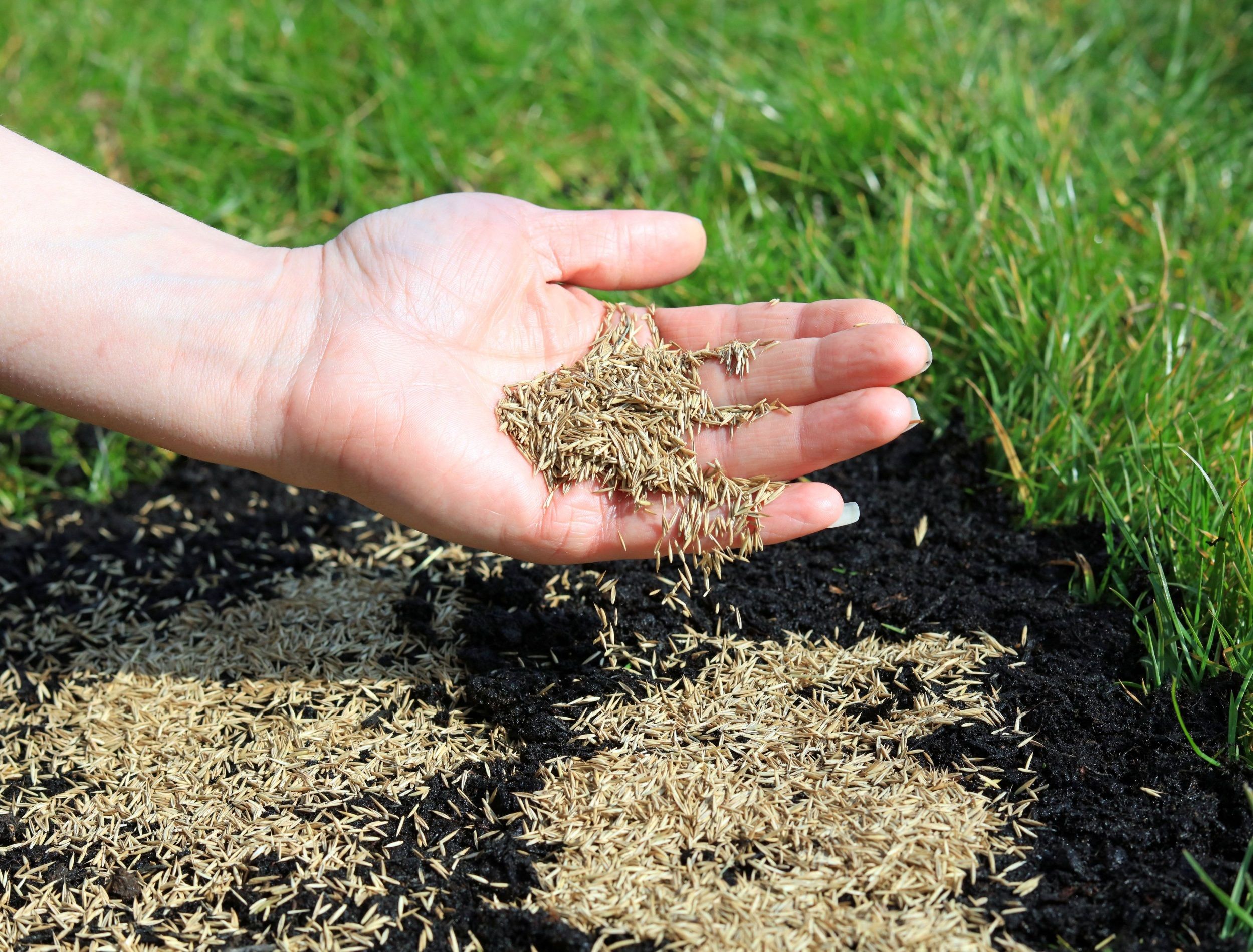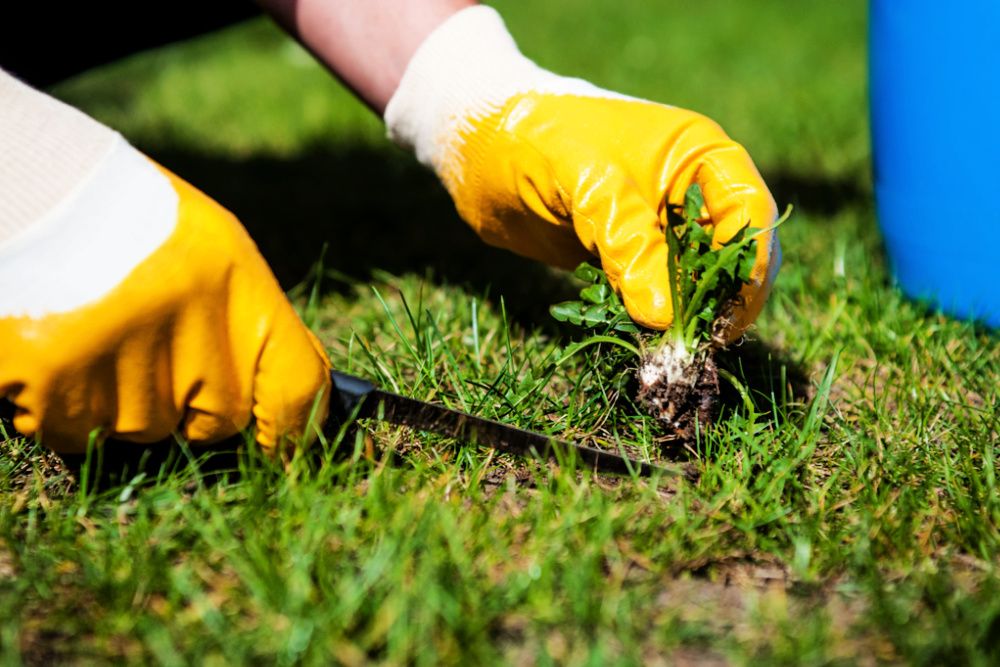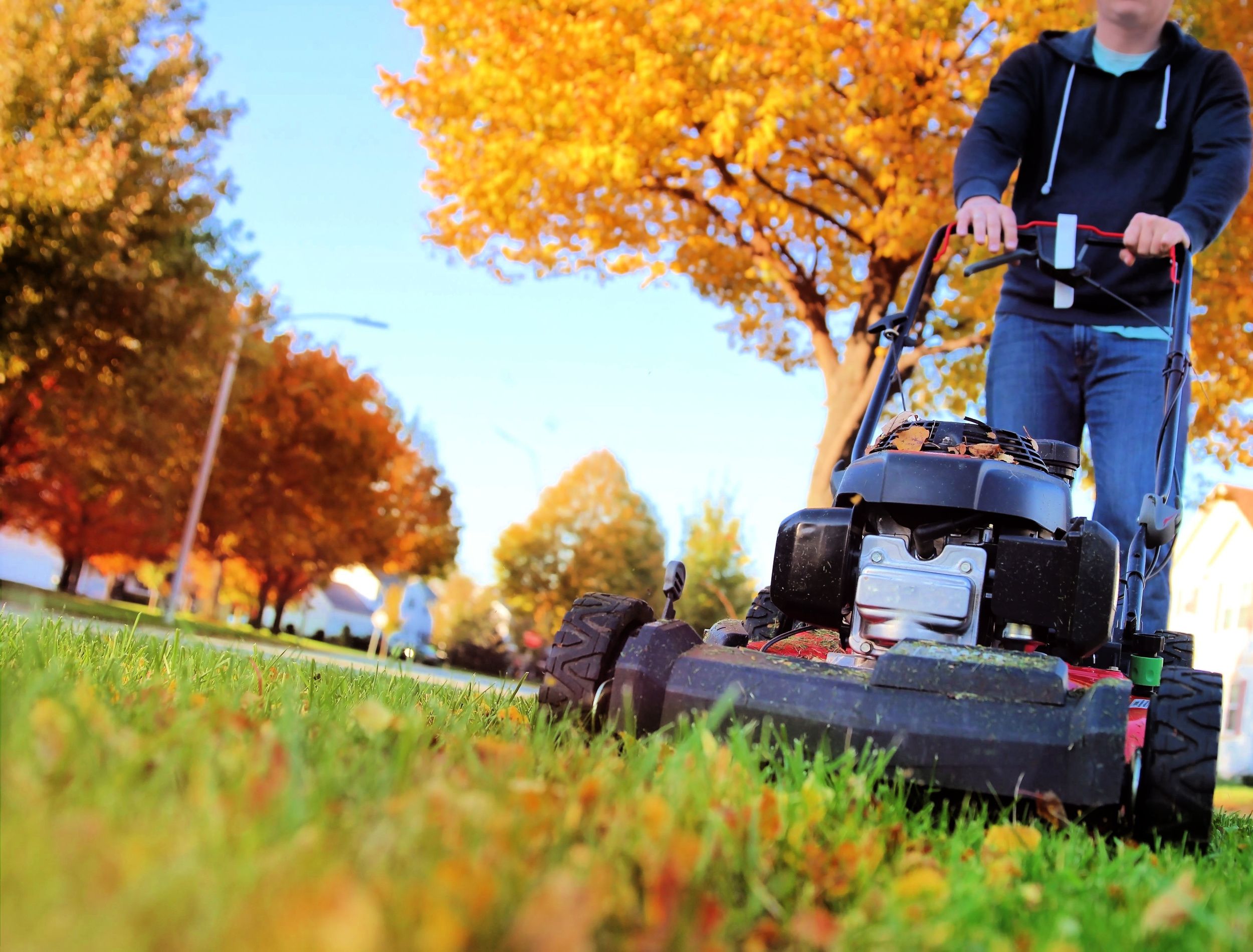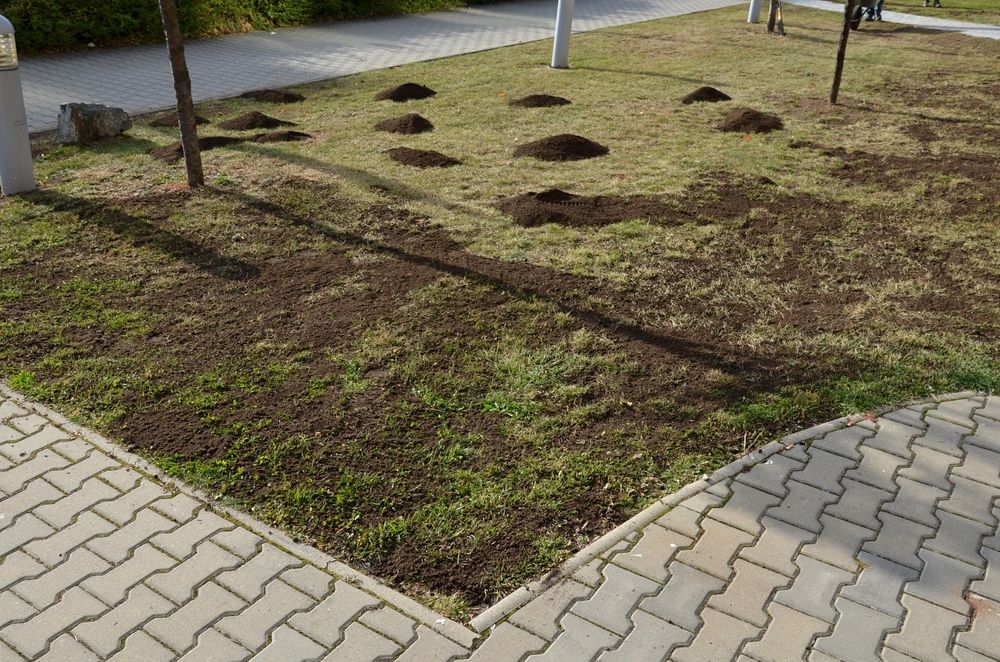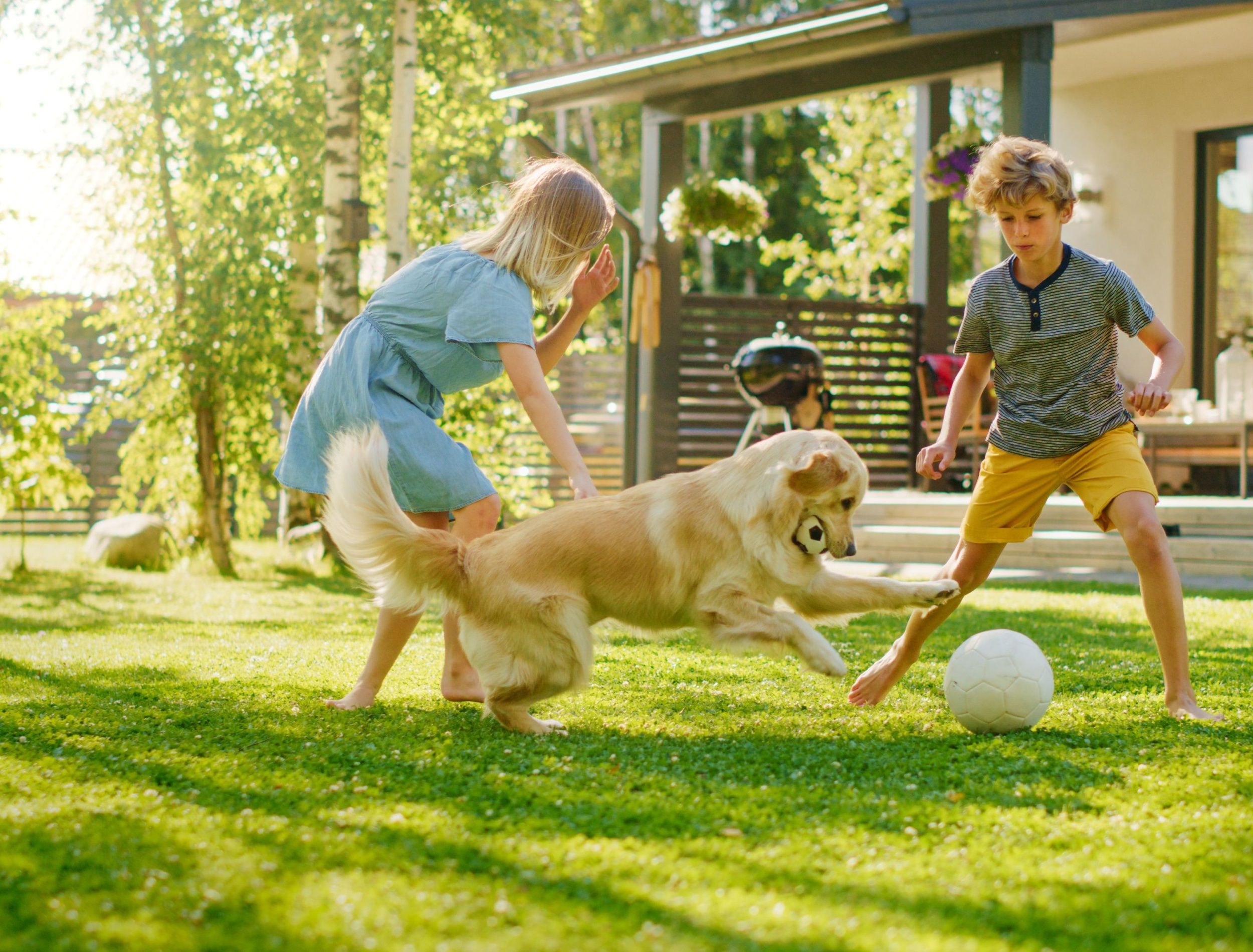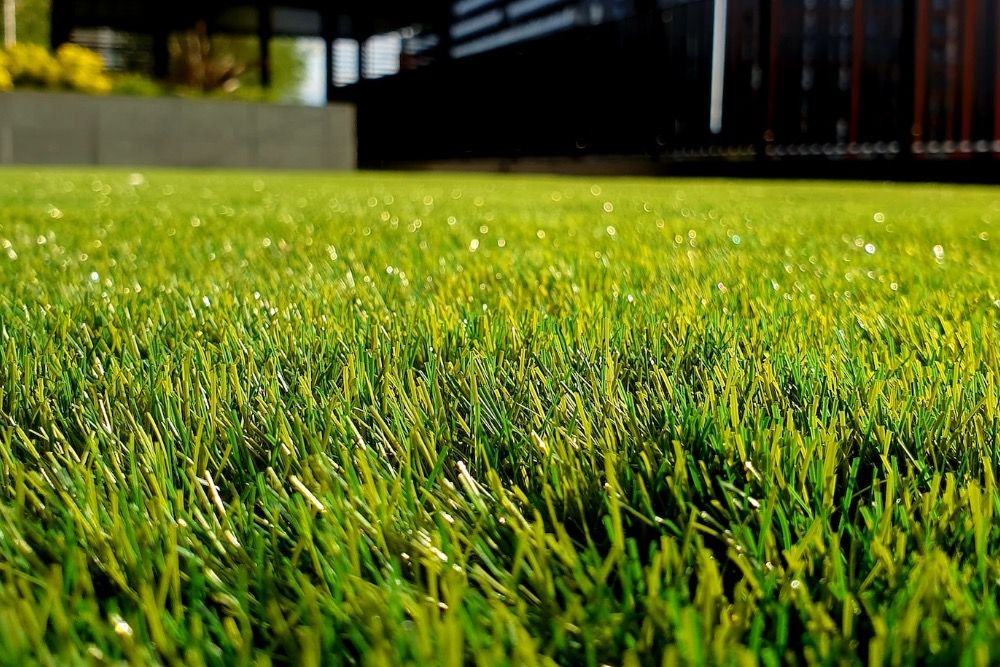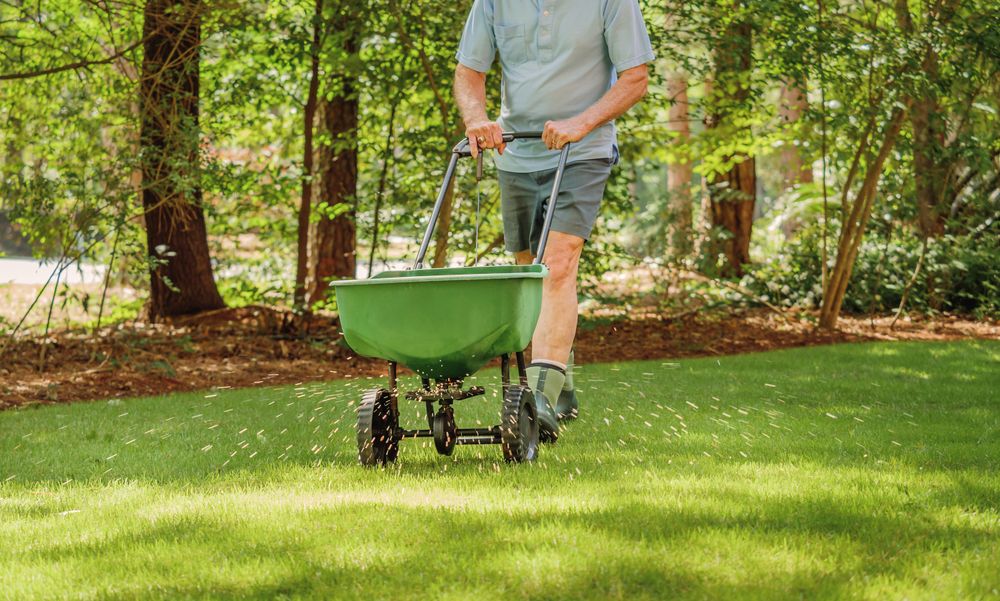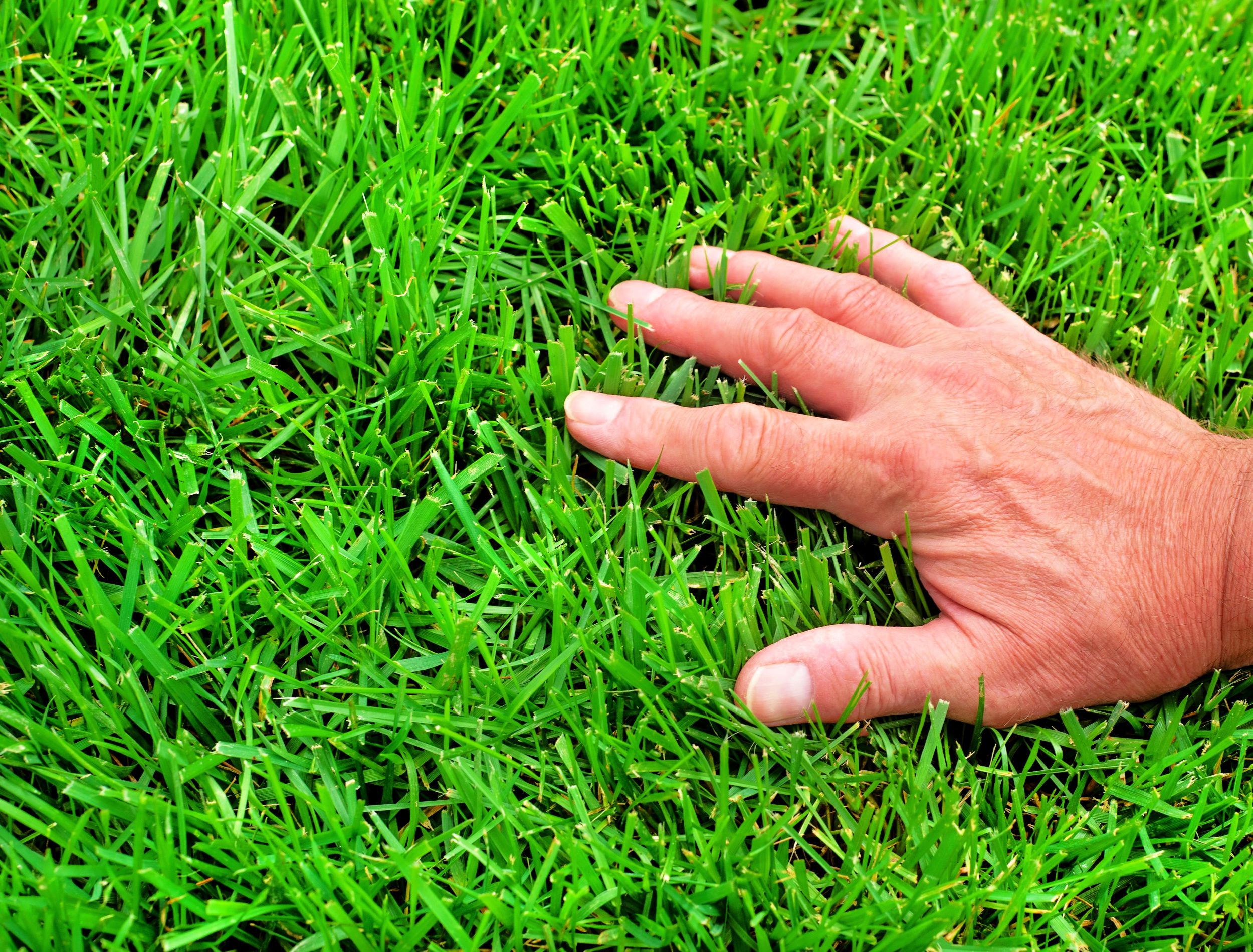We all love a healthy, green lawn. But have you ever looked at your lawn and thought, "man, this could really use some help"? Well, before you go out and buy a bunch of new sod, you may want to try overseeding instead.
Overseeding is a great way to restore any lawn, no matter how bad it looks. Keep reading to learn more about why this method is so successful!
First, Why Do Some Lawns Fail?
Lawns are a big part of the American dream. A beautiful, green lawn is the perfect backdrop for a life of barbecues, pool parties, and children playing. But sometimes, that dream doesn't quite work out. Lawns can fail for a number of reasons, from poor maintenance to bad soil.
If you're having trouble with your lawn, don't despair! There are steps you can take to get it back on track. First, let's take a look at some of the most common reasons why lawns fail.
Poor Maintenance
Image credits: damiangretka via Shutterstock
One of the most common reasons for a failed lawn is simply not enough attention. Lawns need regular mowing, weeding, watering, fertilizing, and aeration to stay healthy.
If you let your lawn go too long without these things, it will quickly become patchy and brown.
Bad Mowing Practices
Image credits: Saklakova via Shutterstock
One common mistake that leads to disaster is incorrect mowing practices.
If you're not careful, mowing your lawn can damage the grass and make it more susceptible to disease. Here are some common mistakes people make when mowing their lawns:
Mowing too low: This is a common mistake that people make in an attempt to get a "clean" look. However, cutting the grass too short puts stress on the plant and makes it more susceptible to disease. The ideal height for most grasses is 2 to 4 inches.
Mowing wet grass: Wet grass can clump together and cause your mower to leave tracks. In addition, wet grass is more difficult to cut and can damage the blades of your mower. It's best to wait until the grass is dry before mowing.
Mowing in the same direction: This may seem like a minor detail but mowing in the same direction all the time can actually damage your lawn. Grass grows in different directions, so it's important to mix things up and mow in new patterns from time to time. This will help ensure that all the grass gets cut evenly.
Bad Soil
Image credits: Beekeepx via Shutterstock
Another common reason for a failed lawn is bad soil. If your soil is too dense or compacted, it won't hold enough water or nutrients to support a healthy lawn. Have your soil tested by a professional to see if it needs some improvement.
A great step to add to your lawn maintenance is aerating the soil.
Excessive Foot Traffic
Image credits: Gorodenkoff via Shutterstock
If your lawn gets a lot of foot traffic, it's likely to become compacted and bare in spots. You can try to reduce the amount of traffic by putting up signs or putting in walking stones.
If you notice your lawn is getting bare and lackluster from much foot traffic try a top dressing treatment to amend it.
Too Much Shade
Image credits: Petar Tonchev via Unsplash
Most grasses need full sun to grow well, so if your lawn is shaded by trees or other buildings, it's likely to be thin and patchy. You can try to improve the situation by trimming back trees or sowing lawn alternatives, such as groundcovers or wildflowers.
Drought
Image credits: Anthony Boulton via Canva
When it comes to lawns, one of the main reasons they fail is due to drought. While there are many ways to help a lawn during a drought, such as watering deeply and less frequently, sometimes it's just not enough. If your lawn is starting to turn brown and crisp, and not recovering, it may be time to consider other options.
There are a number of reasons why lawns fail, but fortunately, there are also solutions, like overseeding. With some attention and care, you can get your lawn back on track and enjoy all the benefits that come with having a beautiful yard.
Overseeding to Restore Your Lawn
Image credits: The Toidi via Shutterstock
Overseeding your lawn will help it recover for a number of reasons.
First, overseeding helps to ensure that there is a thick, lush lawn to look forward to. This is because when grass seeds are sown, they germinate and grow rapidly, filling in any bare patches that may have been left behind by previous growth.
Additionally, overseeding also helps to crowd out weeds, which can compete with grass for water and nutrients.
By having a thicker lawn, you can also help to prevent soil erosion and help it recover from any damage that has been done, whether it’s from foot traffic or pet activity.
Step-By-Step Guide to Overseeding Your Lawn
Image credits: Jon Rehg via Shutterstock
Overseeding your lawn is a great way to ensure a green, healthy lawn. It's important to do this in the fall, before the first frost, so that the new grass has time to take root. Here's a step-by-step guide to help you get started:
Test your soil: Testing your soil will ensure you have all the baseline info you need to purchase the best seeds for your lawn. Plus, it will help you determine what nutrients are lacking.
Buy your grass seeds: After having your soil tested, purchase the grass seed best suited for your lawn.
Mow your lawn short: Mowing to 2 to 2 ½ inches will help the new seedlings get established more quickly.
Aerate your lawn: This will loosen up the soil and create pockets for the new seedlings to take root in. This step must be done before you spread the seed.
Spread the seed evenly over the lawn: Use a rake to lightly cover the seed with soil. After you’re done, water your seeds for better germination.
Water regularly and keep an eye on the seedlings: Once they start to grow, you can begin mowing them as you would any other lawn.
New Lawn In No Time!
So, there you have it! Overseeding is a great way to improve your lawn, no matter how bad it looks. If you’re looking for a quick and easy fix, overseeding is the way to go.
Have any tips or tricks of your own? Leave them in the comments below! And be sure to check out some other blog posts for more information on all things lawn-related!

